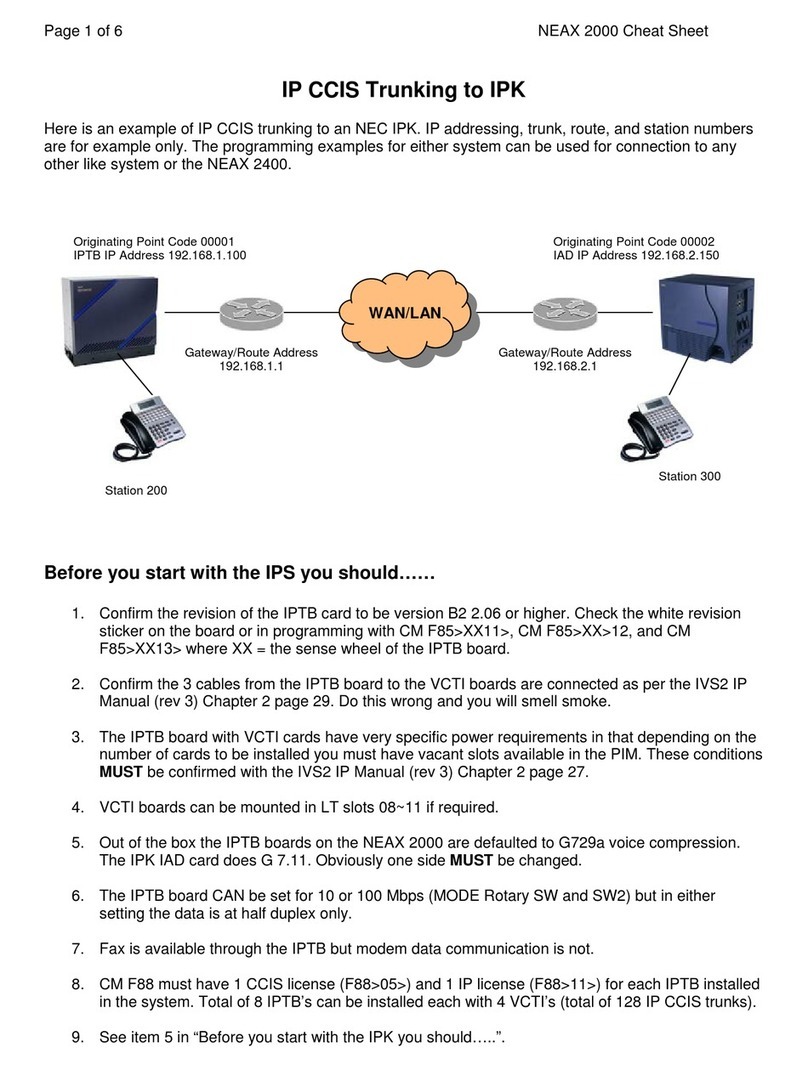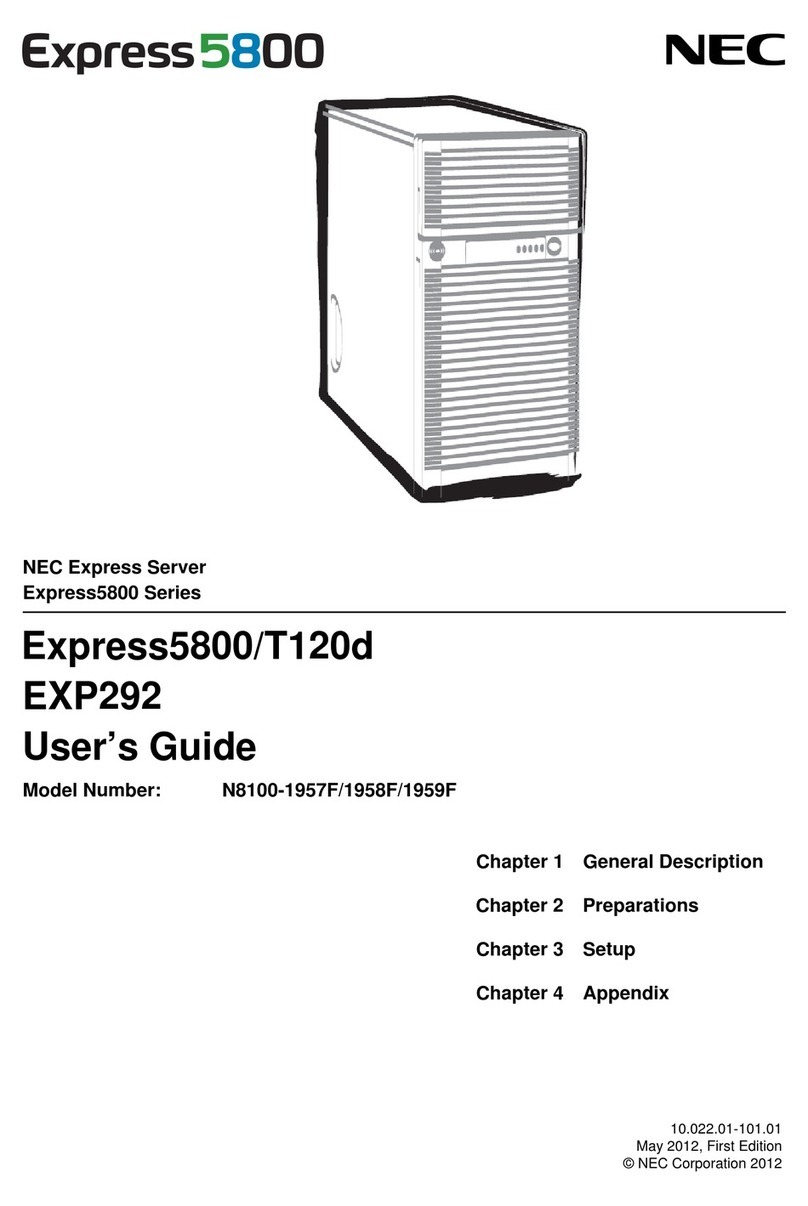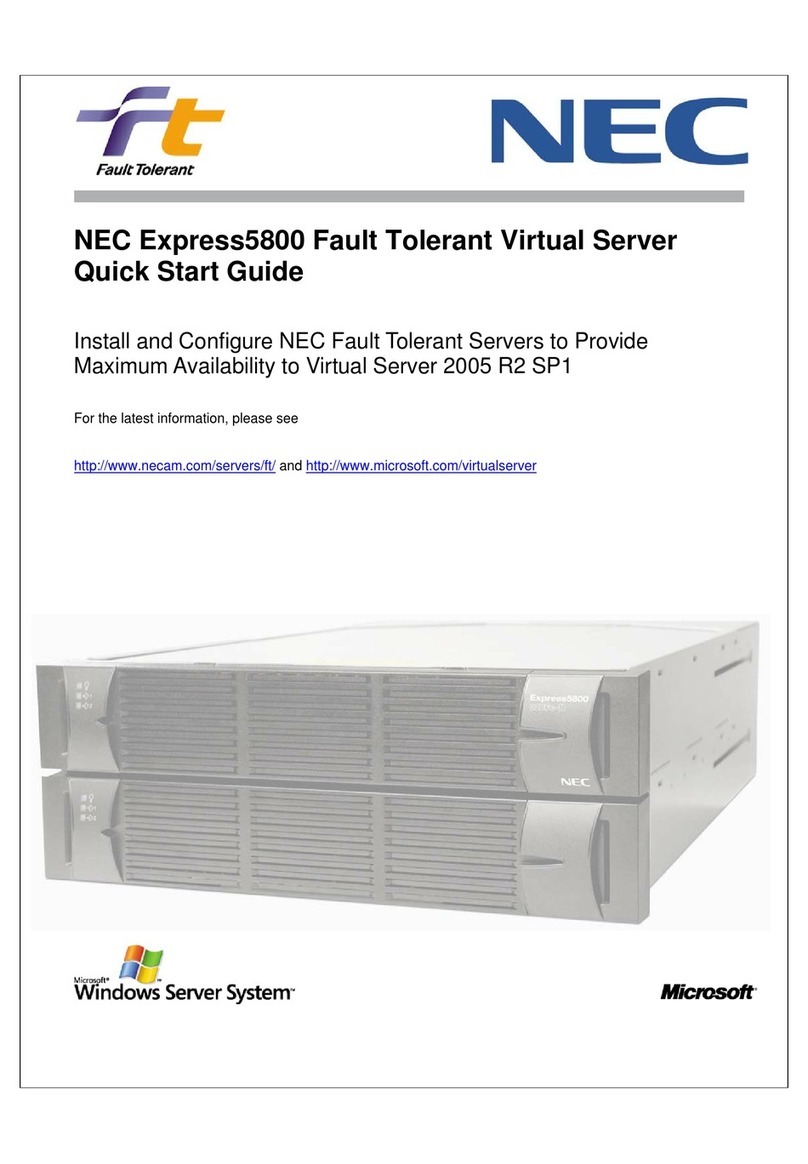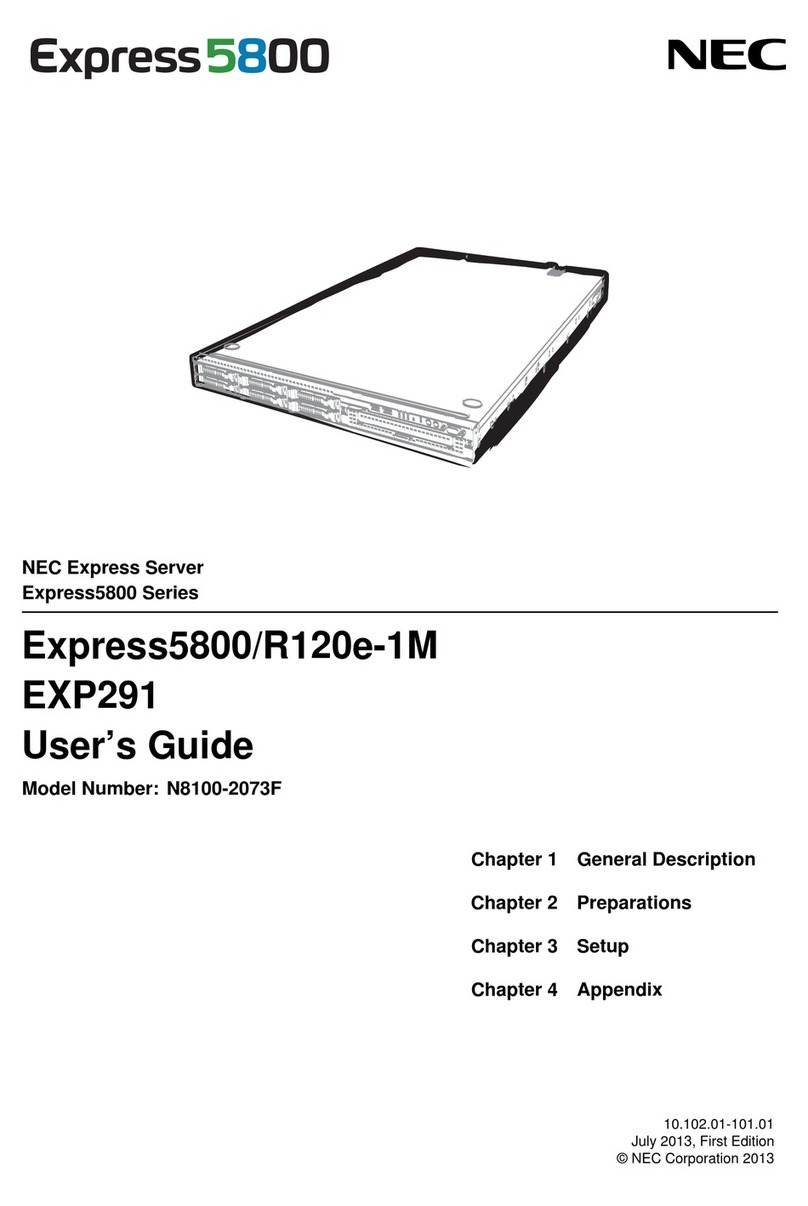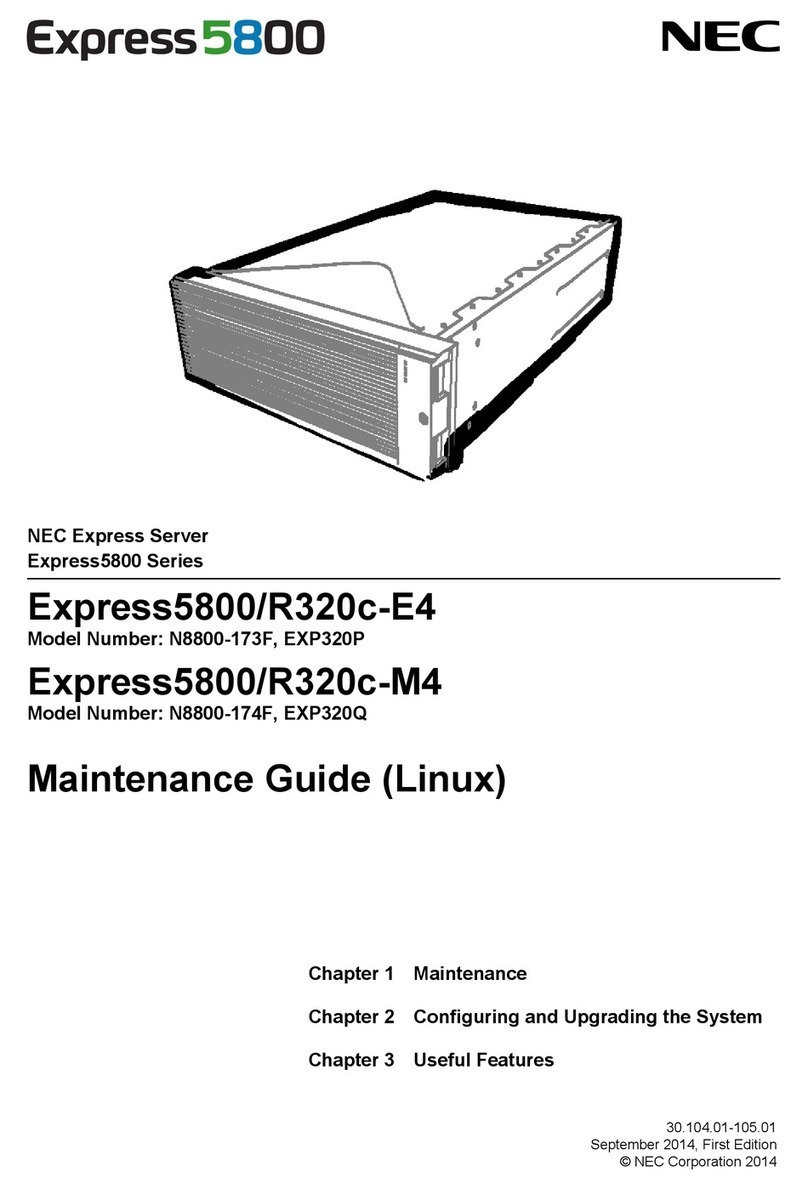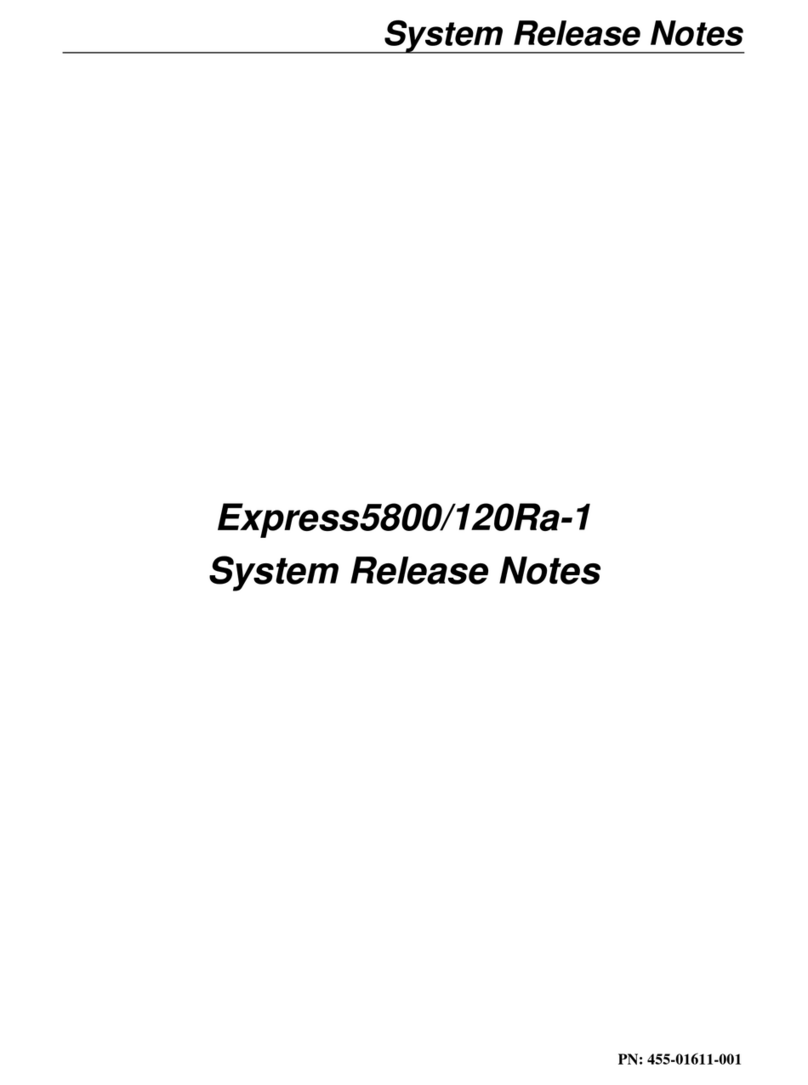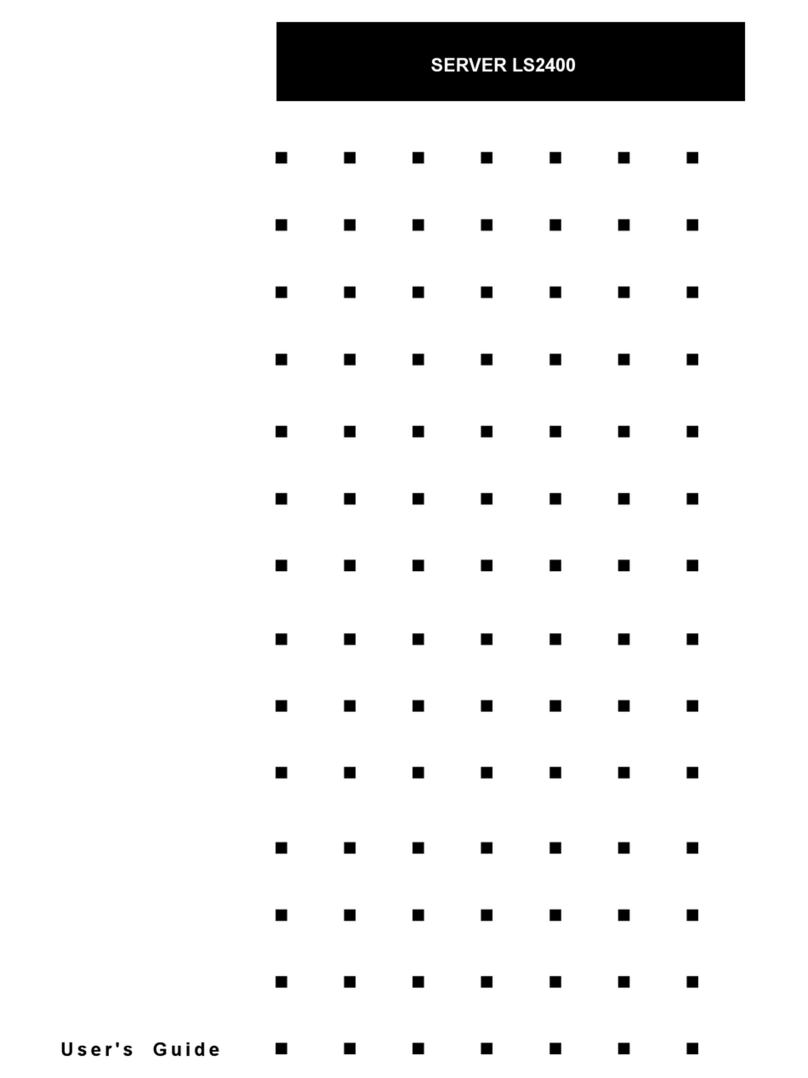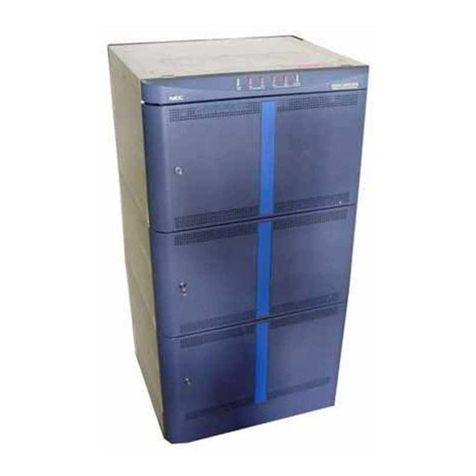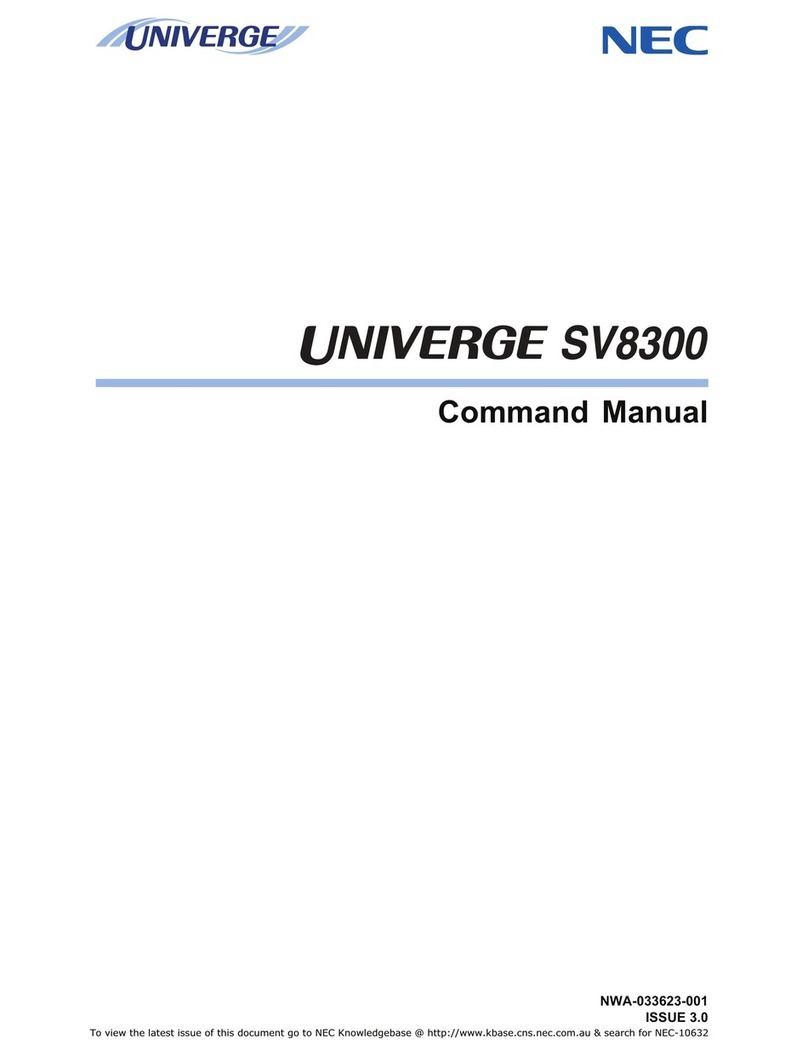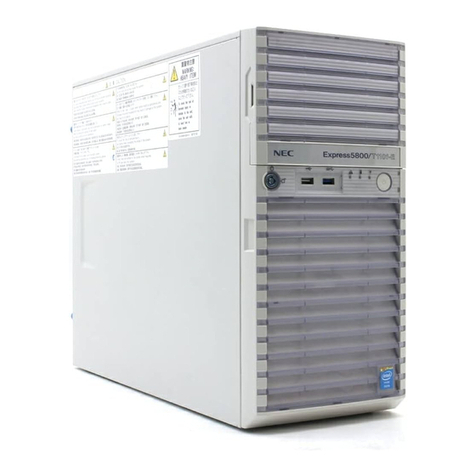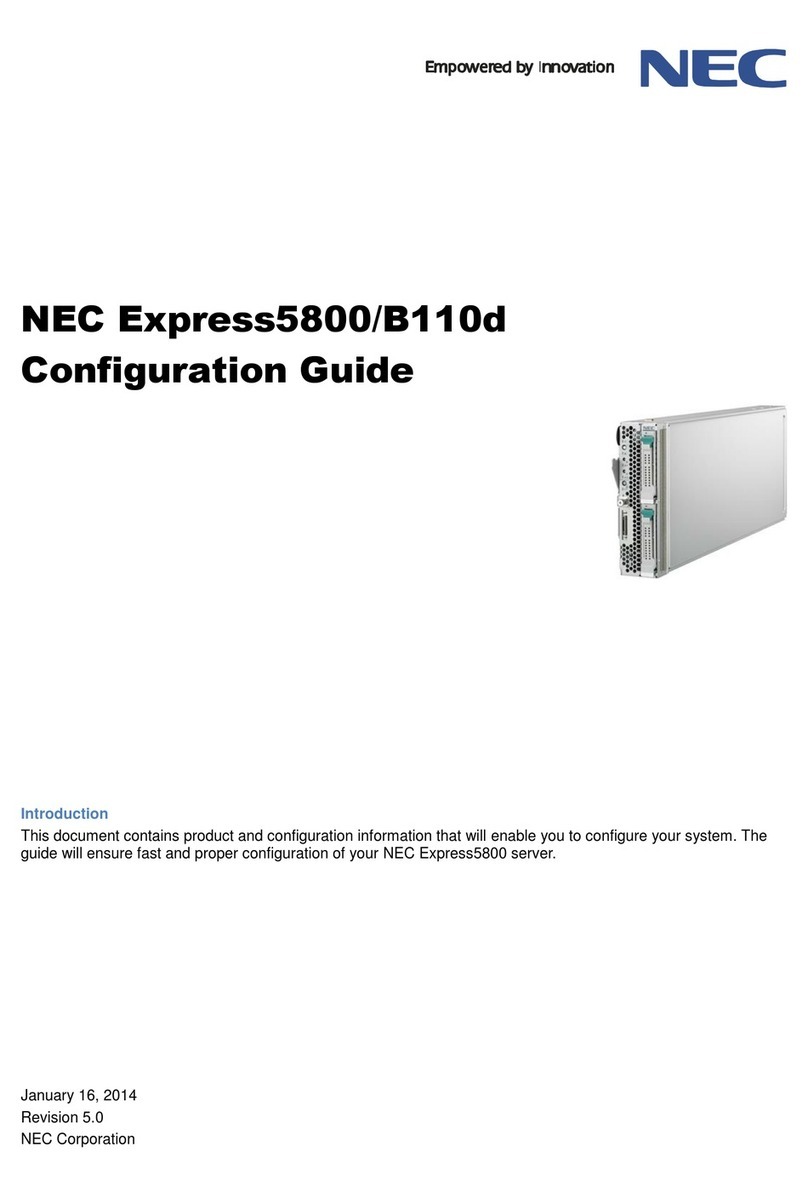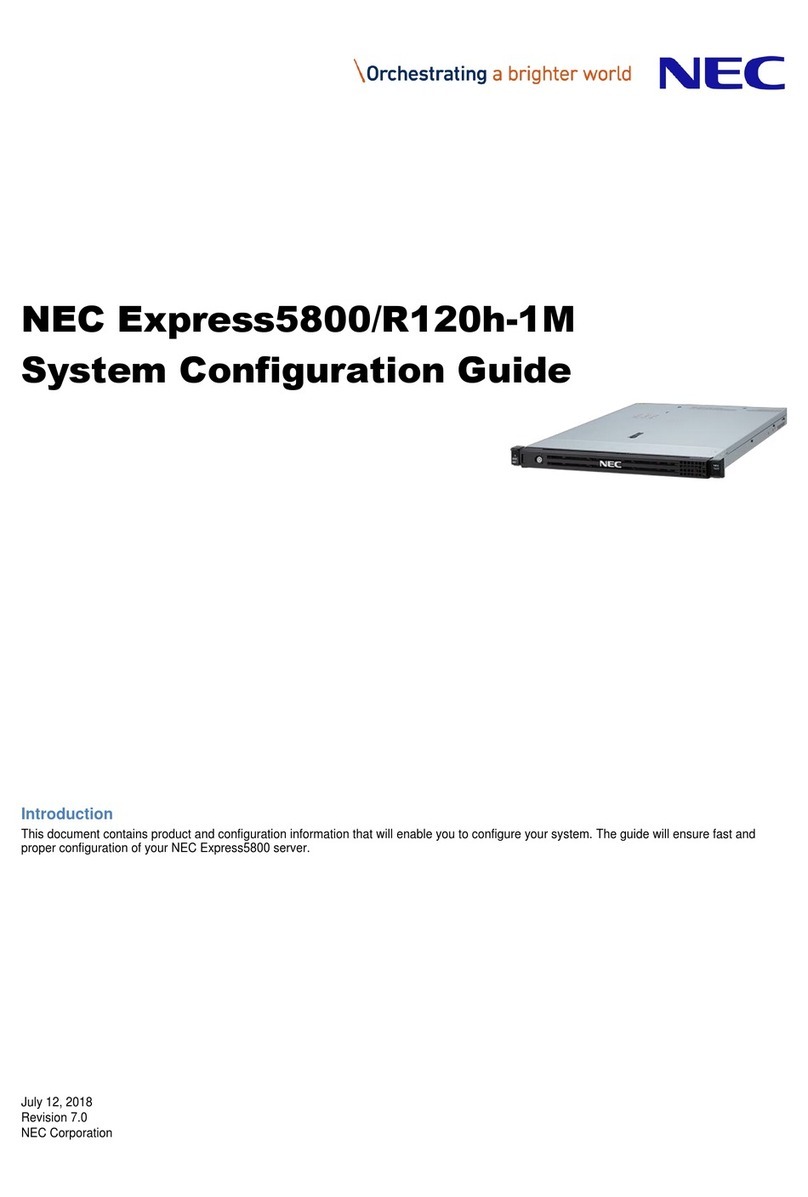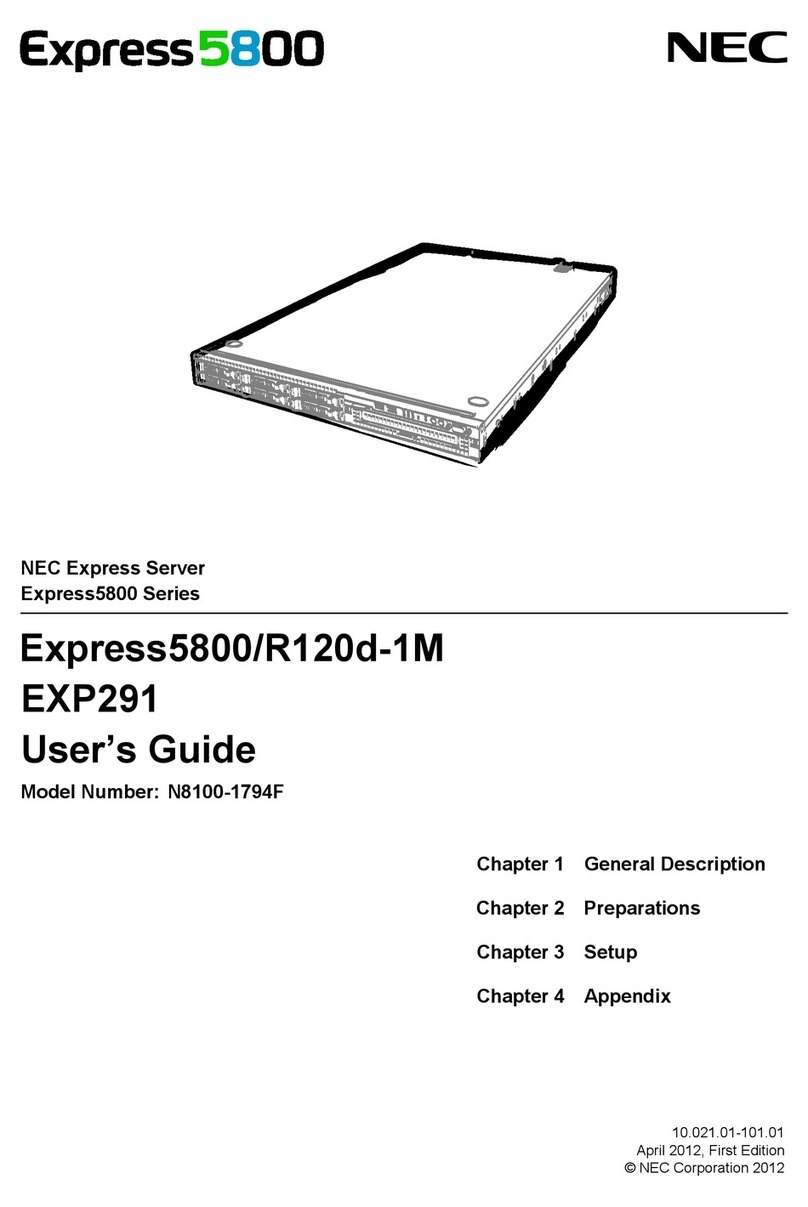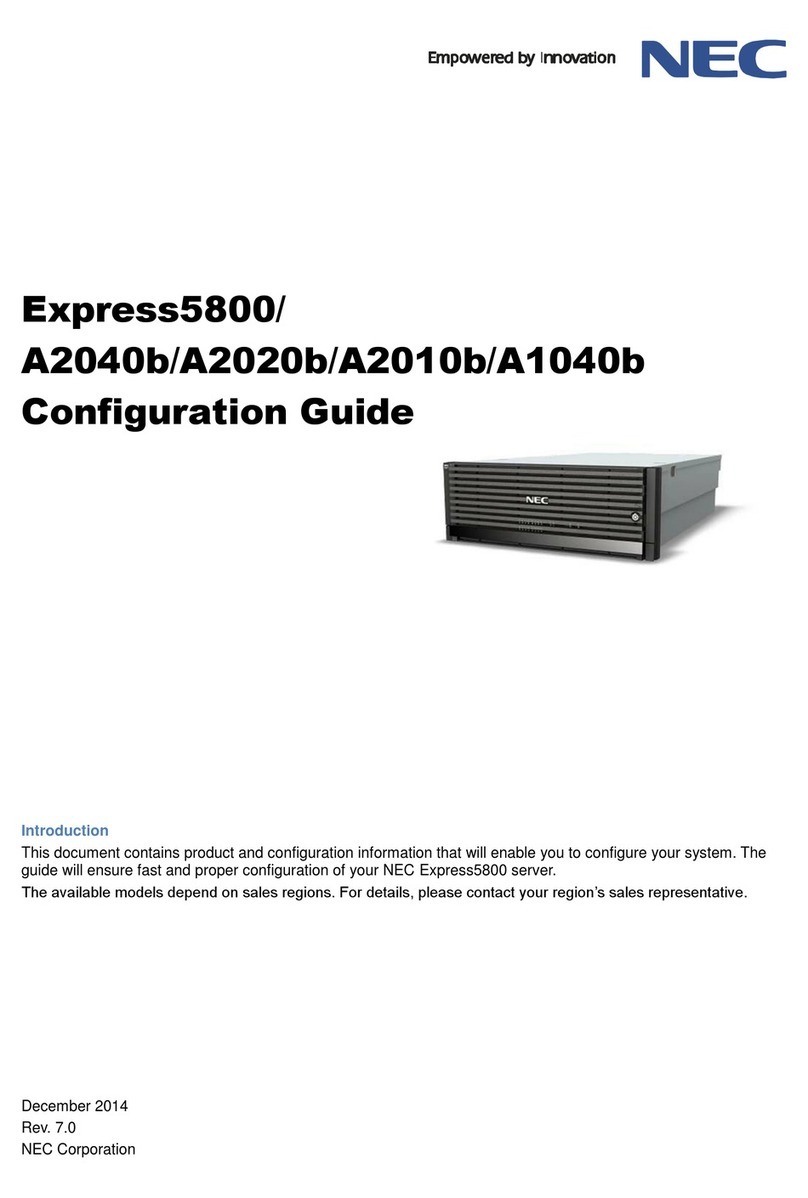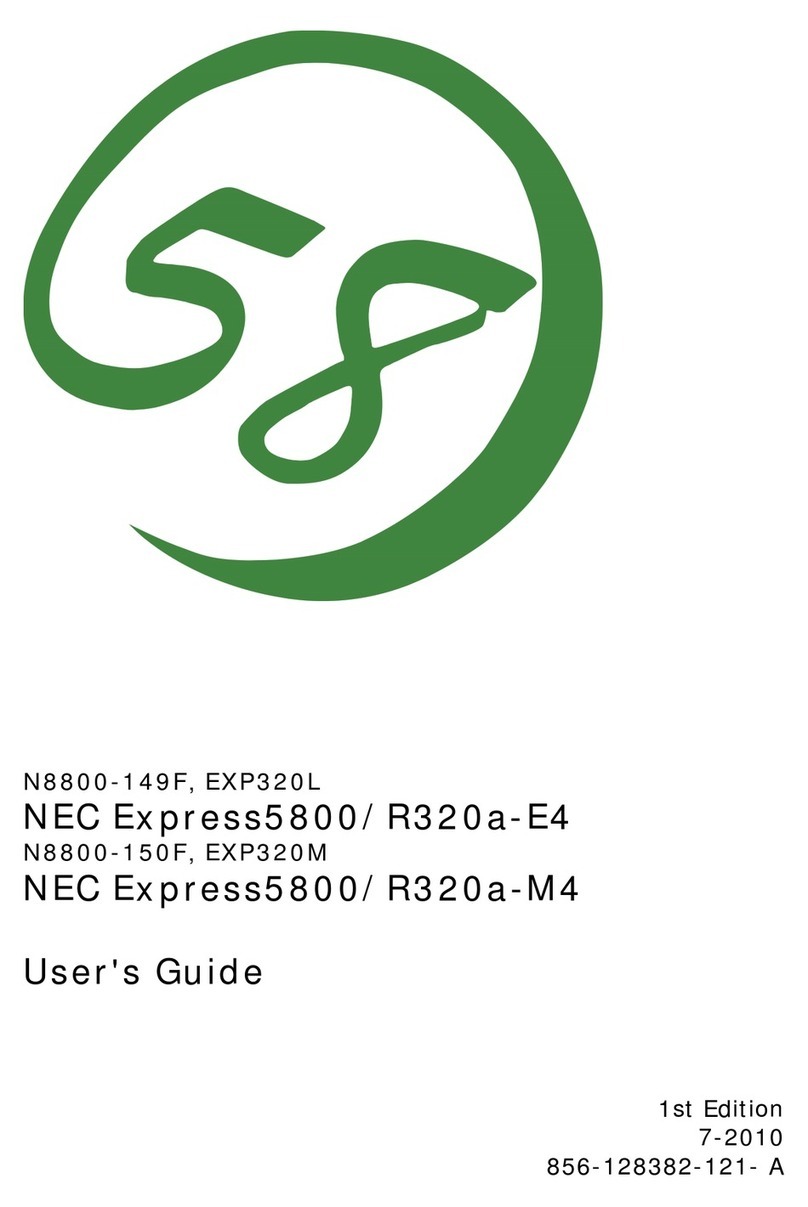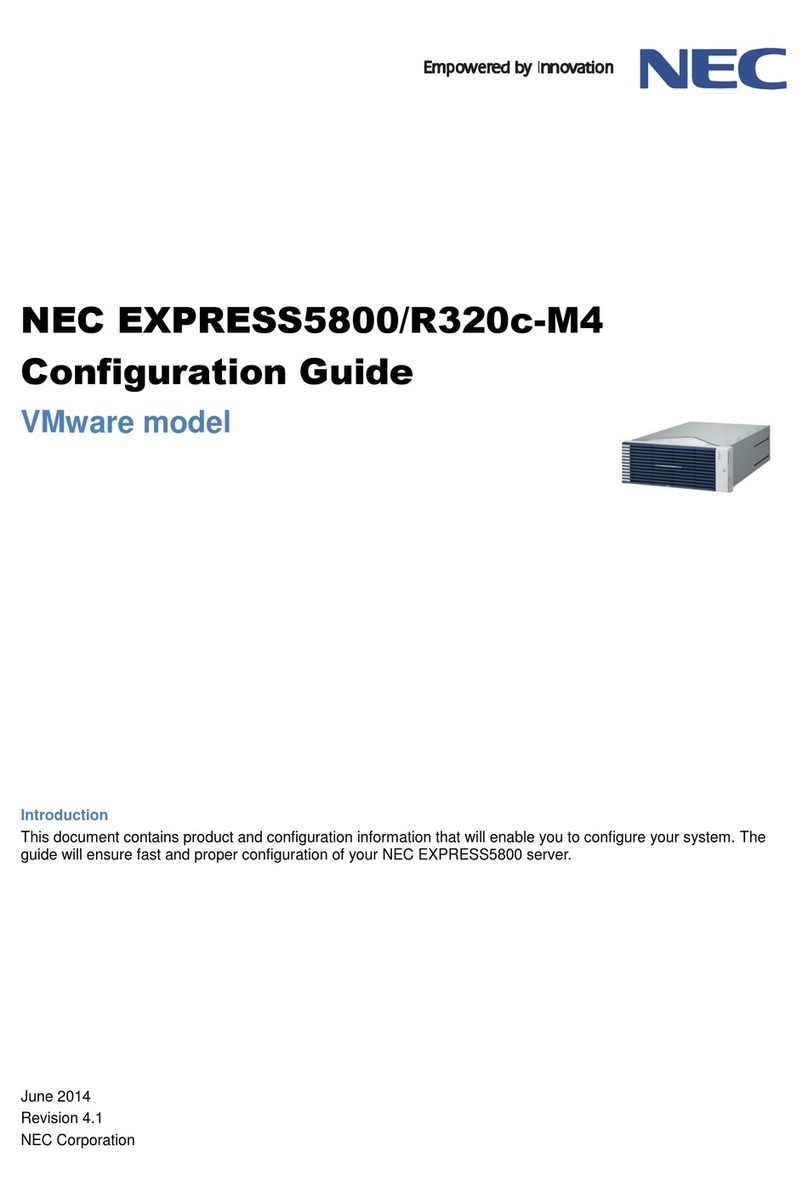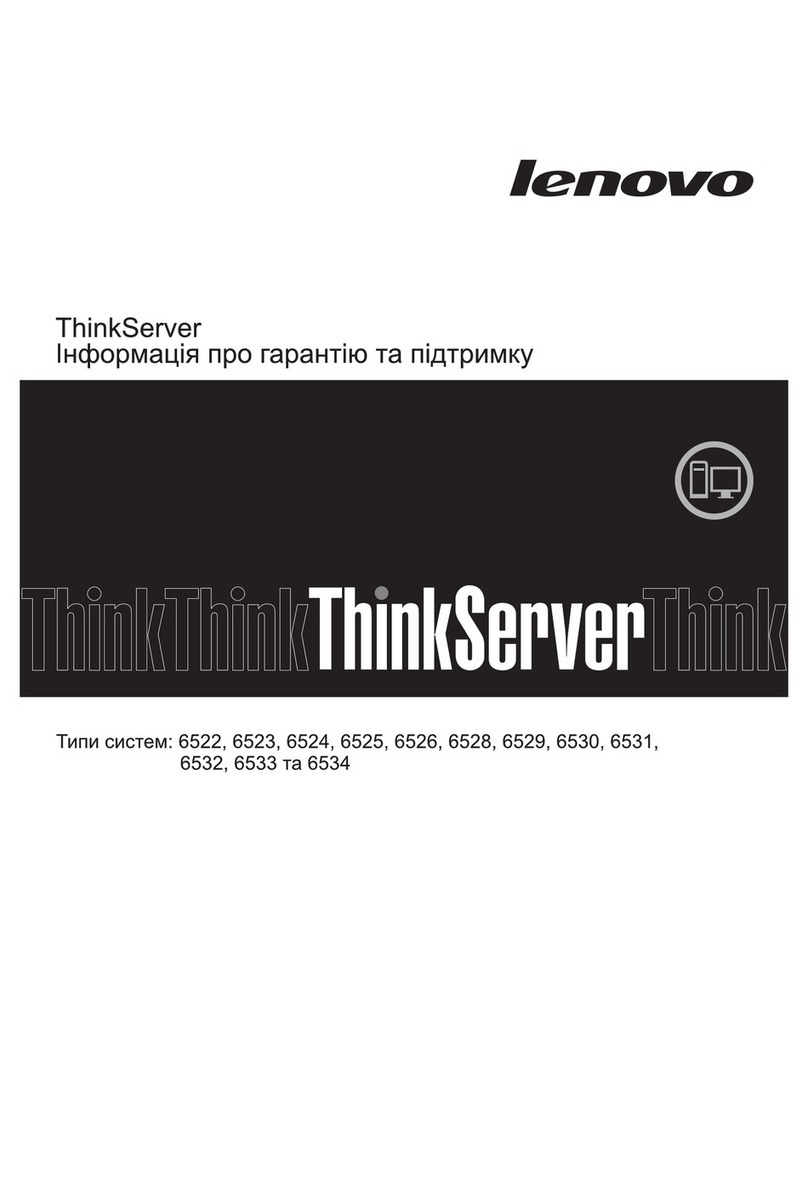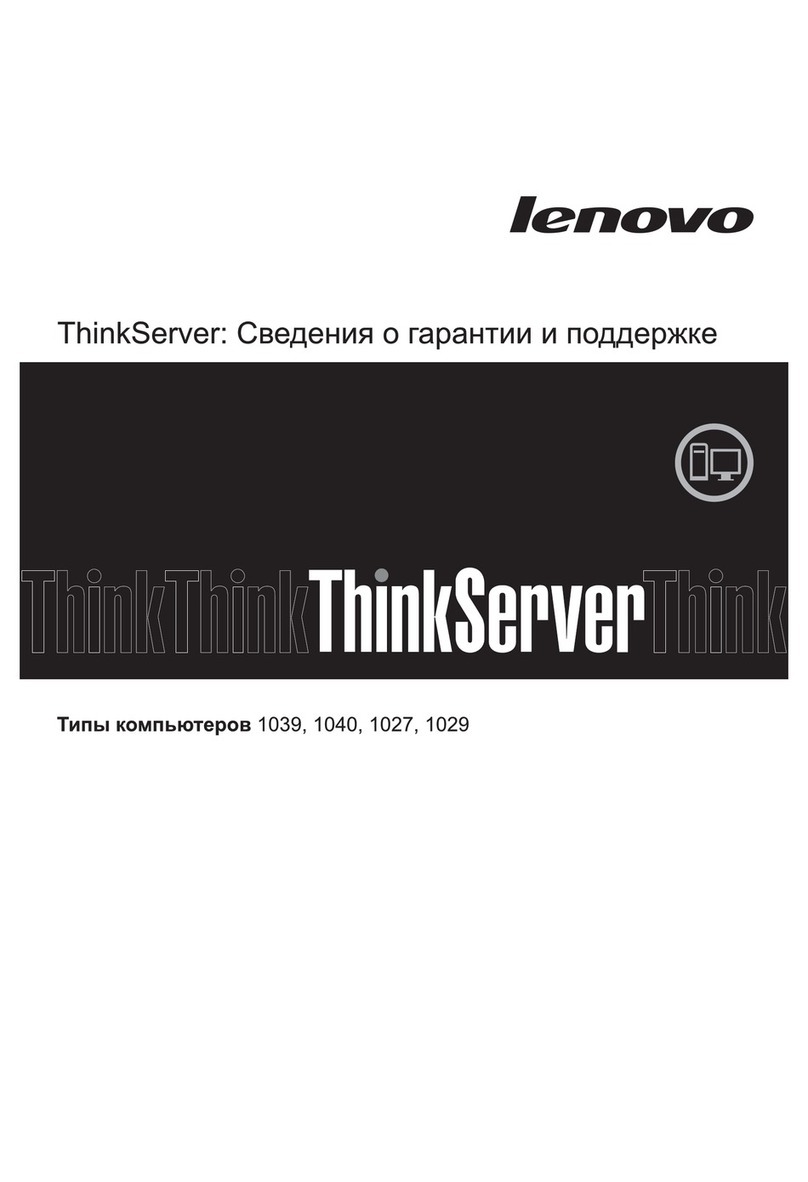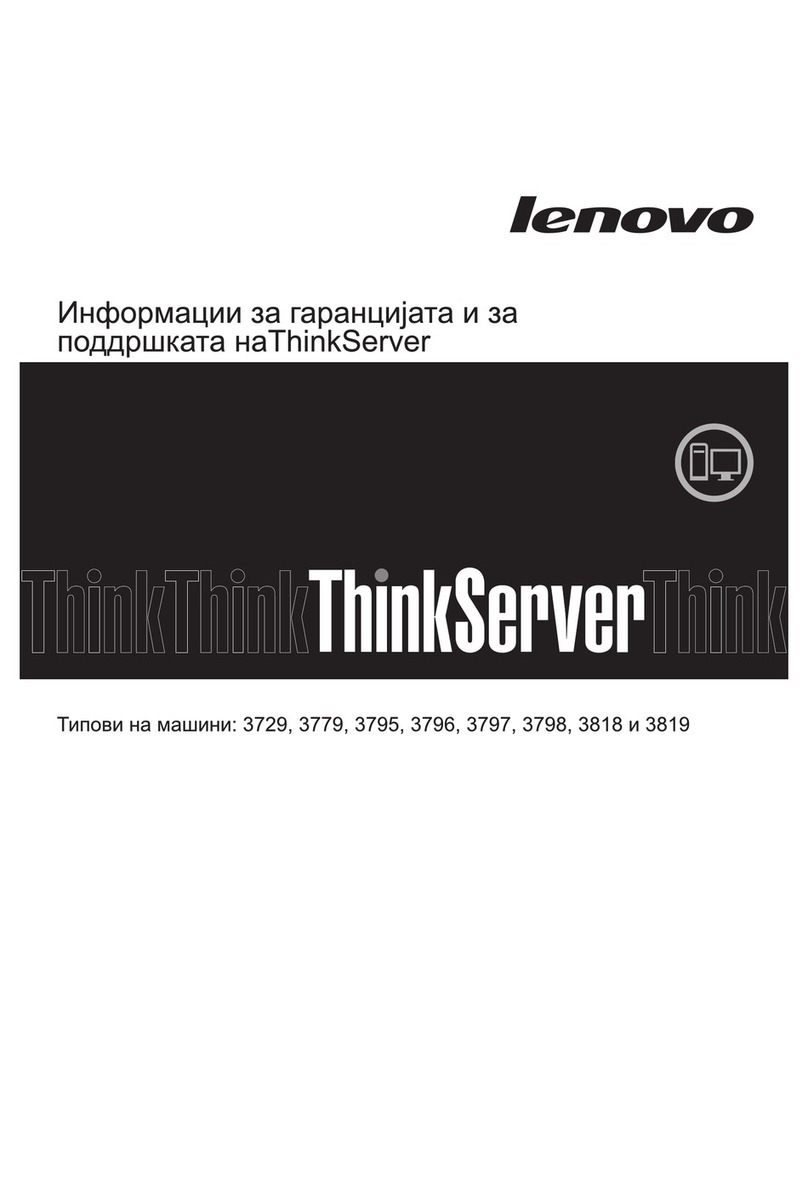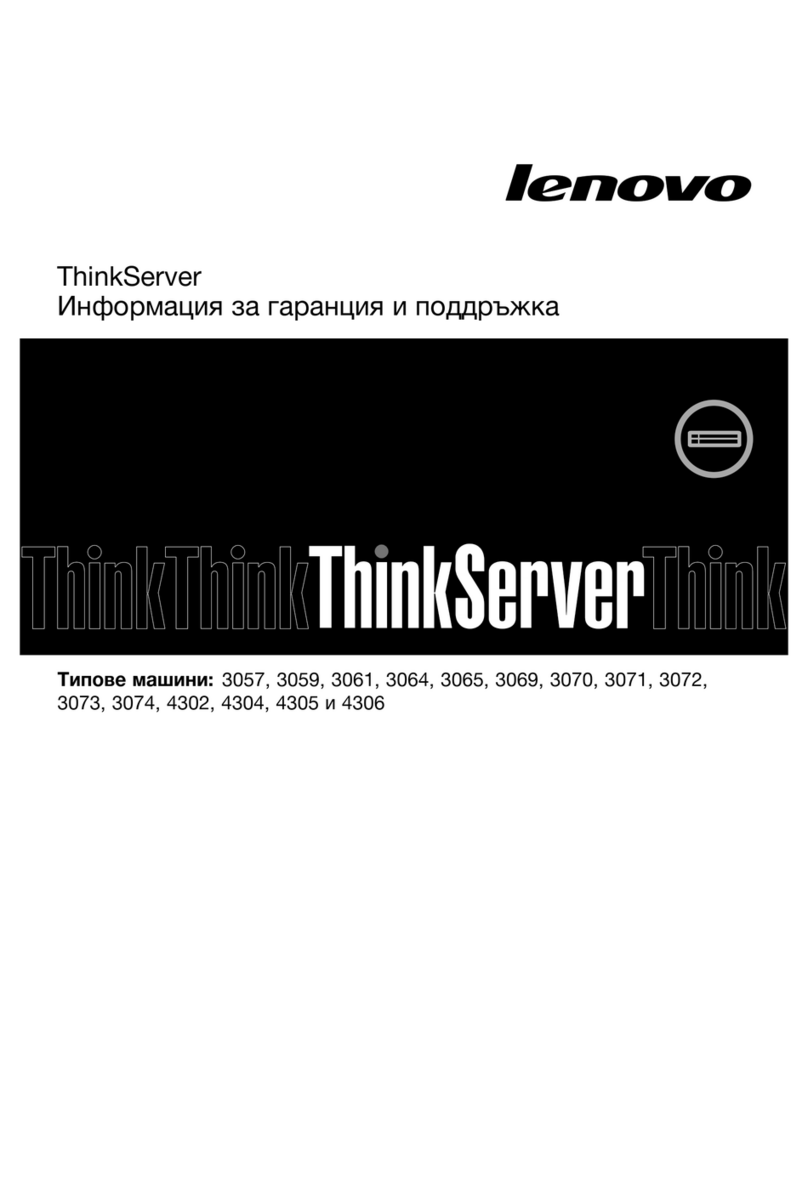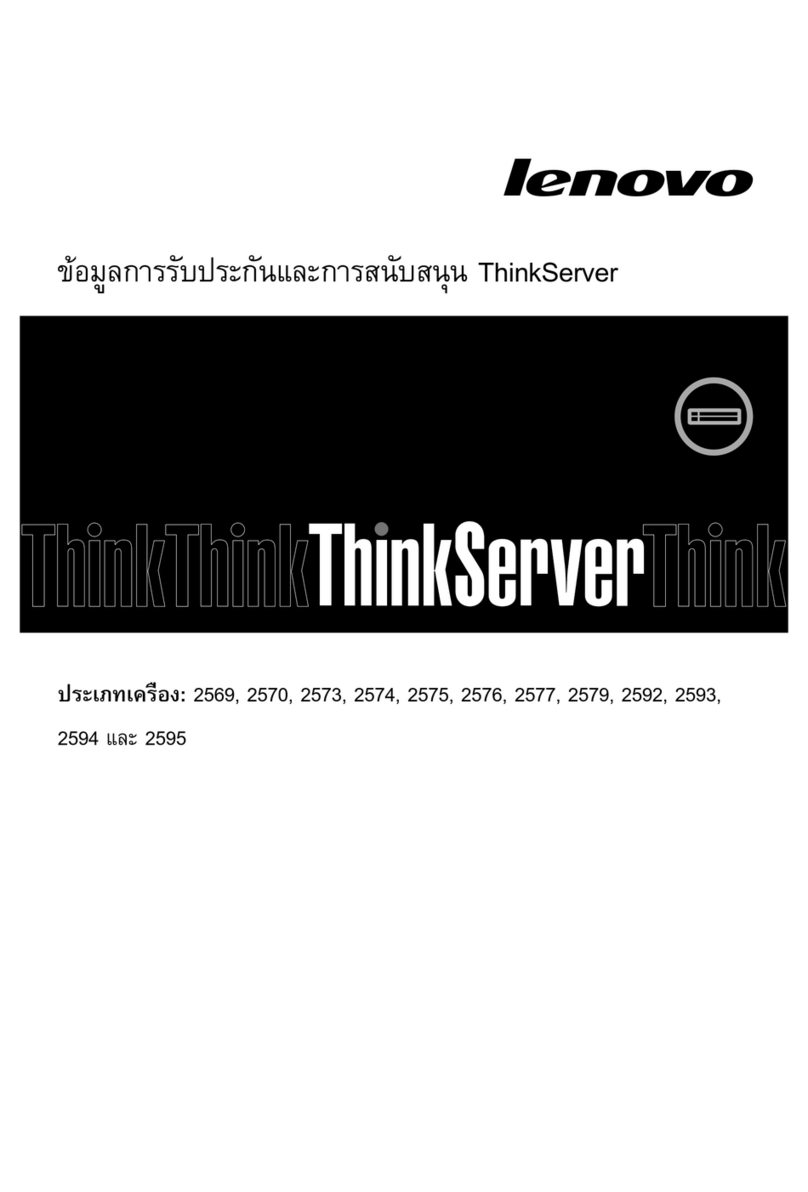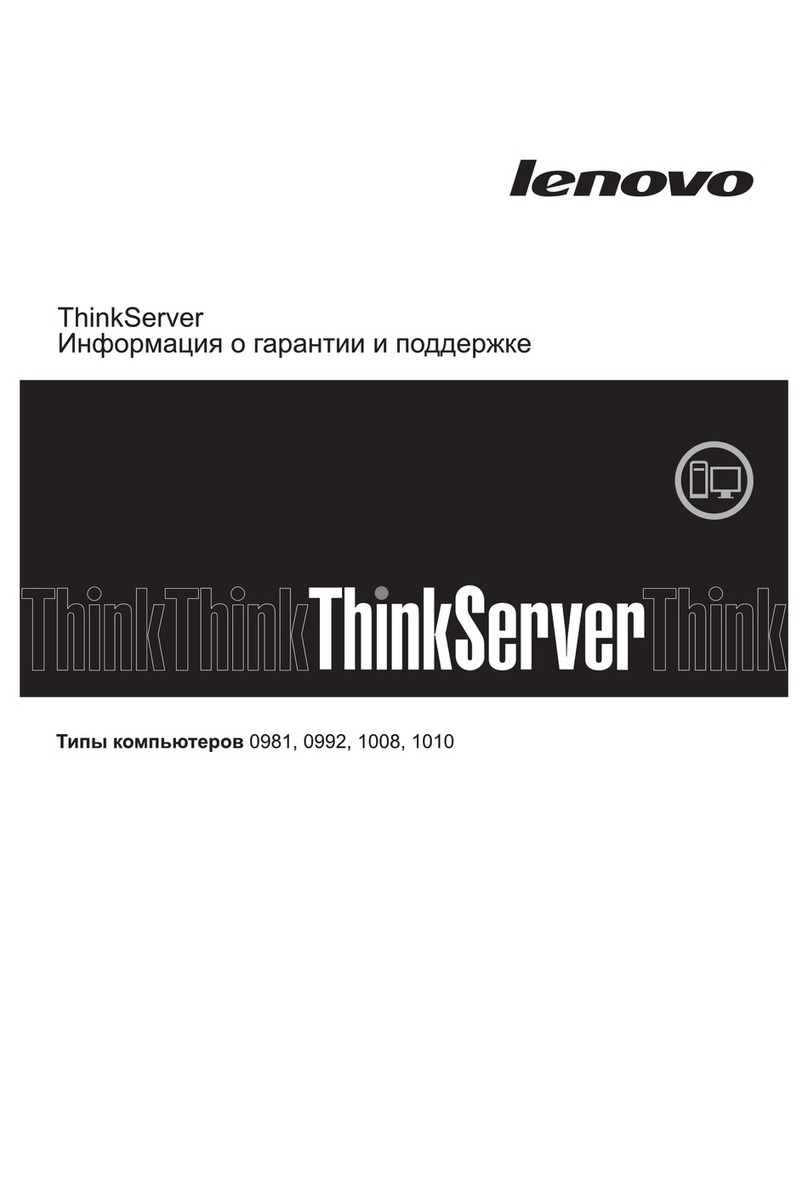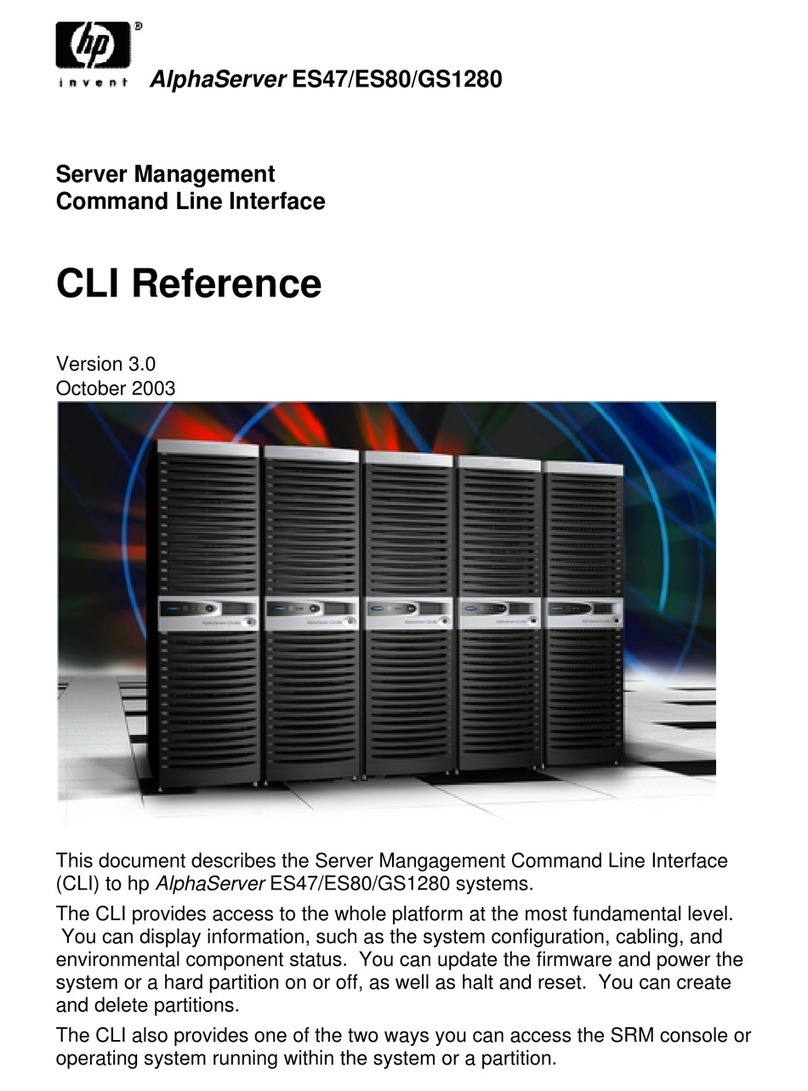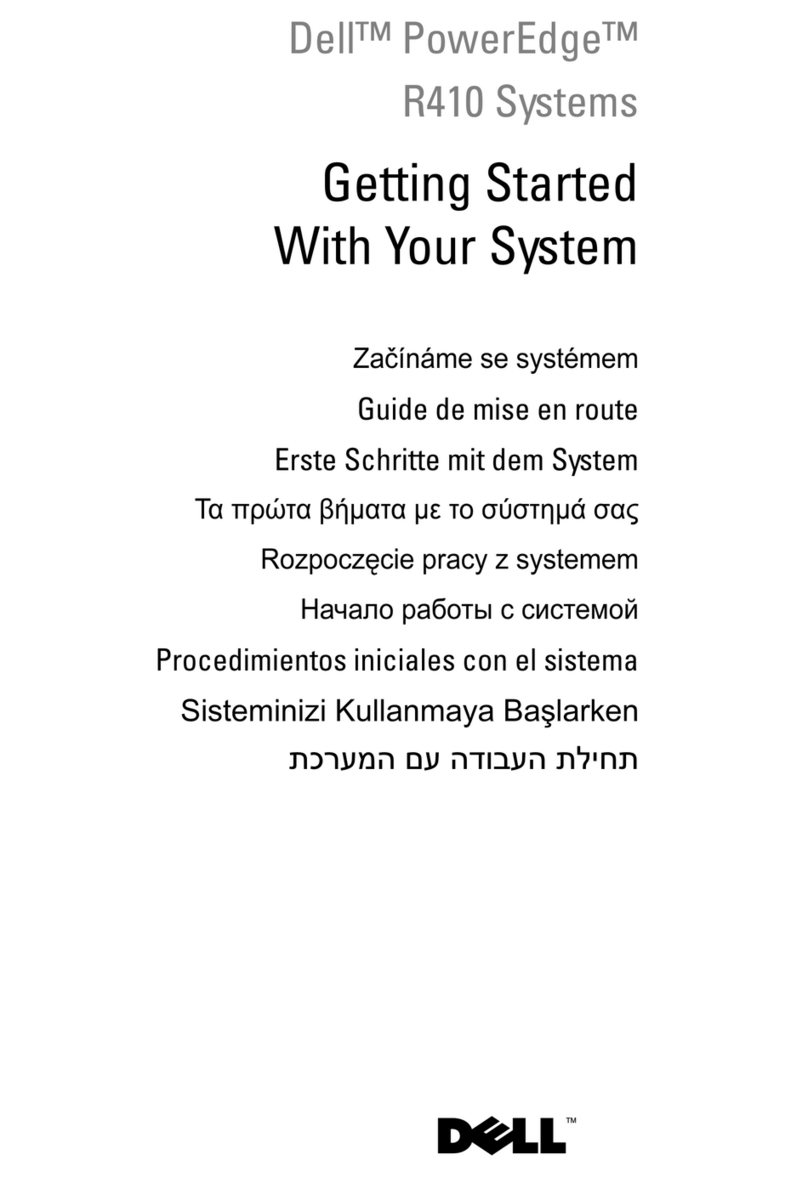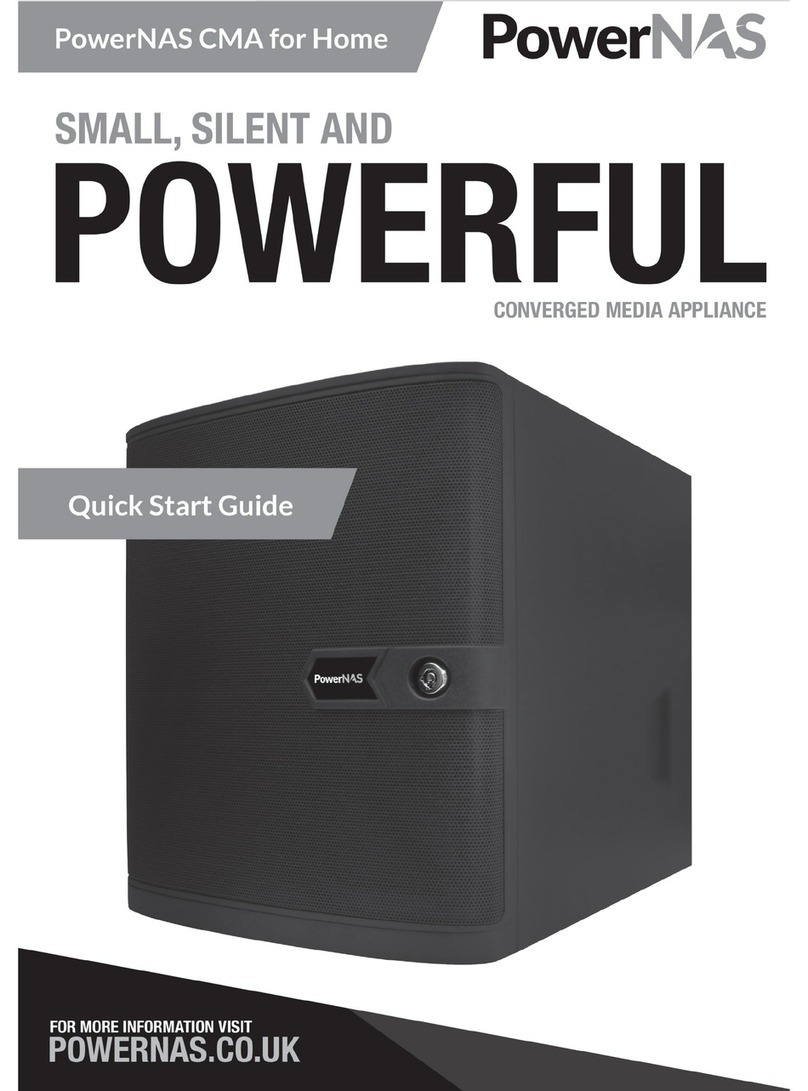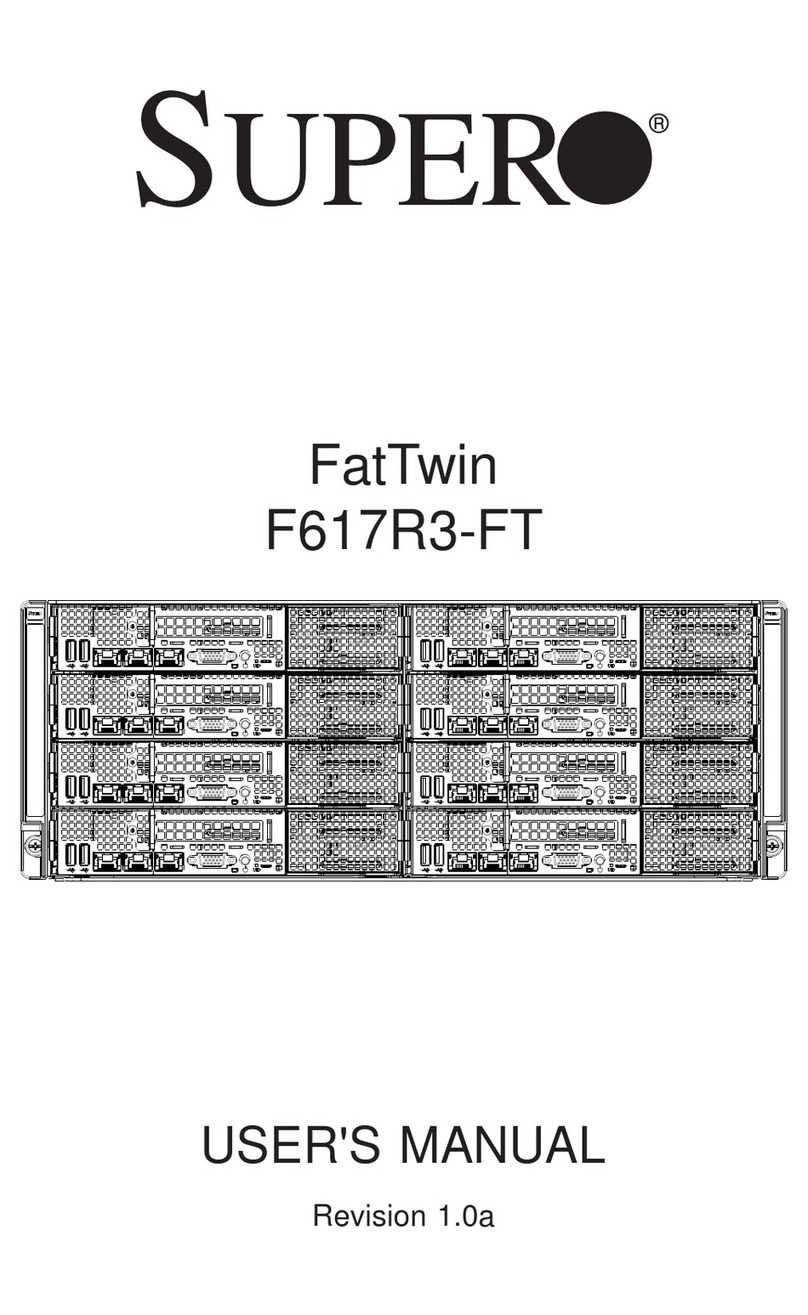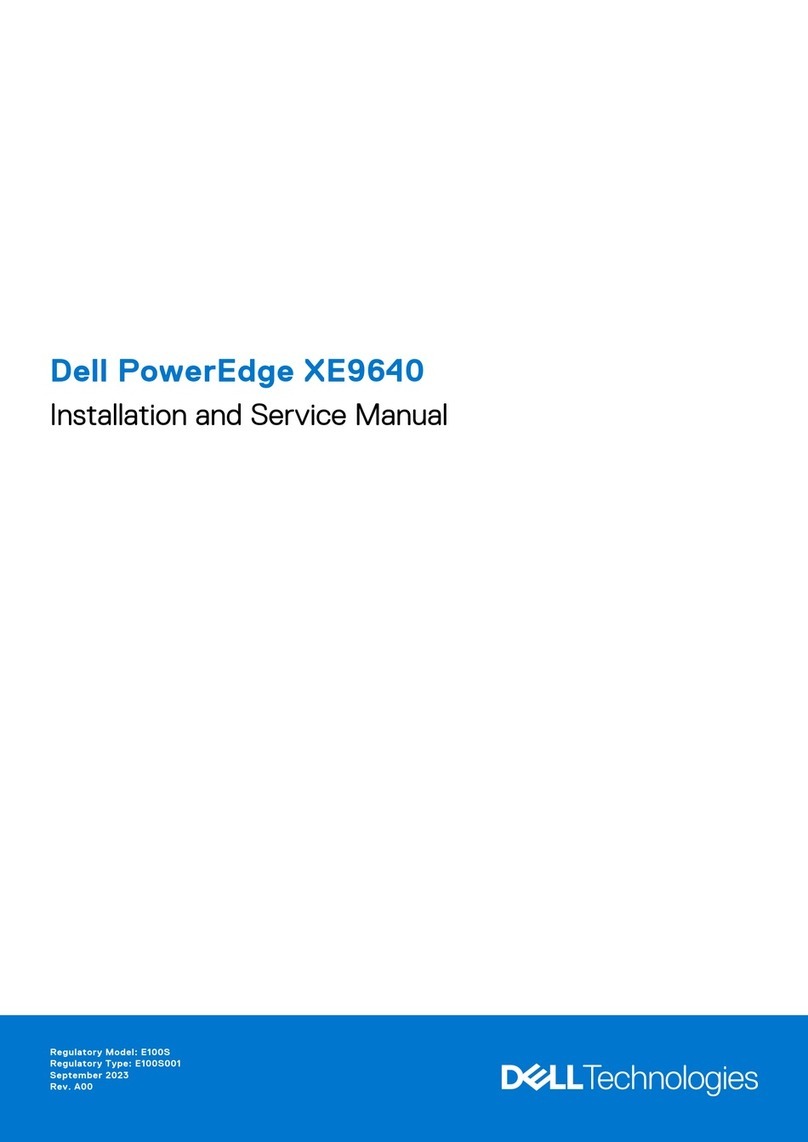Trademarks and Patents
NEC EXPRESSBUILDER, NEC ESMPRO and DianaScope are registered trademarks of
NEC Corporation.
Microsoft, Windows, Windows Server, Windows NT, and MS-DOS are registered trademarks of
Microsoft Corporation in the United States and other countries.
Intel and Pentium are registered trademarks of Intel Corporation.
AT is a registered trademark of International Business Machines Corporation in the United States
and other countries.
Adobe, the Adobe logo, Acrobat, and the Acrobat logo are trademarks of Adobe Systems
Incorporated.
Datalight is a registered trademark of Datalight, Inc. ROM-DOS is a trademark of Datalight, Inc.
Xeon is a trademark of Intel Corporation in the United States. DLT and DLTtape are trademarks of
Quantum Corporation in the United States.
Mozilla is a registered trademark of Mozilla Foundation.
Netscape is a registered trademark of Netscape Communications Corporation in the United States
and other countries.
Java is a registered trademark of Sun Microsystems, Inc in the United States and other countries.
All other product, brand, or trade names used in this publication are the trademarks or registered
trademarks of their respective trademark owners.
Microsoft Windows Server 2003 R2 Standard x64 edition operating system and Microsoft Windows
Server 2003 R2 Enterprise x64 Edition operating system or Microsoft Windows Server 2003
Enterprise x64 Edition operating system are called Windows Server 2003 x64 Edition for short.
Microsoft Windows Server 2003 R2 32-bit Standard Edition operating system, Microsoft Windows
Server 2003 R2 32-bit Enterprise Edition operating system, Microsoft Windows Server 2003
Standard Edition operating system and Microsoft Windows Server 2003 Enterprise Edition
operating system are called Windows Server 2003 for short. Microsoft Windows 2000 Server
operating system, Microsoft Windows 2000 Advanced Server operating system and Microsoft
Windows 2000 Professional operating system are called Windows 2000 for short. Microsoft
Windows Vista Business operating system is called Windows Vista for short. Microsoft Windows
XP Professional x64 Edition operating system is called Windows XP x64 Edition for short.
Microsoft Windows XP Home Edition operating system and Microsoft Windows XP Professional
operating system are called Windows XP for short. Microsoft Windows NT Server network
operating system version 3.51/4.0 and Microsoft Windows NT Workstation operating system
version 3.51/4.0 are called Windows NT for short. Microsoft Windows Millennium Edition
Operating System is called Windows Me for short. Microsoft Windows 98 operating system is
called Windows 98 for short. Microsoft Windows 95 operating system is called Windows 95 for
short. Names used with sample applications are all fictitious. They are unrelated to any existing
product names, names of organizations, or individual names.
Avocent and DVC (DAMBRACKAS VIDEO COMPRESSION) are registered trademarks of
Avocent US in the United States and other countries.
N8815/006, ft remote management card, adops the DVC technology of Avocent US.
